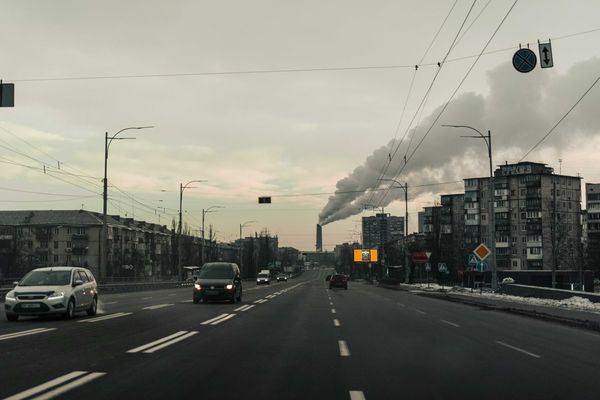water. pollution
Credit: Sam Grozyan/Unsplash
Former EPA Region 2 administrator Lisa Garcia considers environmental justice with Trump in power
Pivotal in creating environmental justice programs at the U.S. Environmental Protection Agency, Garcia now says ongoing cuts by President Donald Trump's administration have meant the “complete dismantling” of years of work.
Newsletter
Credit: Brad Weaver/Unsplash
Scientists find evidence that a Pennsylvania town's water was contaminated by fracking
Three years after noticing discoloration and odors in their wells, residents in New Freeport are still fighting for clean water.
Copyright: shutterrudder/BigStock Photo ID: 53059774
Appeal could make it easier for companies to spread drilling fluids on Pennsylvania roadways
In recent years, Pennsylvania regulators have tried to clamp down on roadway spreading of tens of millions of gallons of oil and gas “brines,” high-salt liquids that can be laced with toxic metals and radioactive material. The industry is pushing back.
Newsletter
Credit: Bh Bharathy/Unsplash
The long quest to uncover a sea star killing bacteria
Scientists say they’ve found the cause of a marine epidemic more than 10 years after it started. What took so long?
Newsletter
Credit: Copyright: 1971yes/BigStock Photo ID: 59695586
Kentuckians pay for loyalty to coal with their health, new report says
Kentuckians lose more years off their lives from power plant emissions than people in most other states, according to a new national report.
Newsletter
Credit: karich/Big Stock Photo
Alaska’s rivers turn orange as thawing permafrost unleashes toxic metals
Dozens of rivers in Alaska’s Brooks Range have become contaminated with iron, aluminum and cadmium released by thawing permafrost, threatening salmon populations and the Indigenous communities that rely on them.
To get ‘toxic stew’ out of state's lakes, legislators eye new ways to fund cyanobacteria mitigation
Lake-minded New Hampshire legislators are gearing up to tackle water quality once again this session, after some measures aimed at preventing and treating cyanobacteria blooms were voted down or softened last session.
ORIGINAL REPORTING
MOST POPULAR
CLIMATE
















